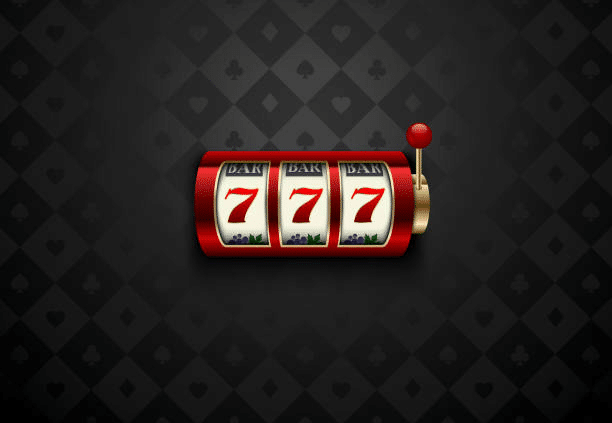The retro ride: exploring vintage cycling culture
Vintage cycling is a movement deeply rooted in the appreciation of classic design and craftsmanship, which is flourishing across the globe. Vintage bicycles, with their iconic steel frames and timeless leather saddles, offer a nostalgic journey into cycling’s storied past.
Enthusiasts revel in the challenge of restoring these mechanical works of art, participating in retro cycling events, and sharing the rich history that each bicycle represents. The vintage riding culture is more than a hobby: it’s a celebration of the sport’s heritage and an enduring commitment to the artistry of yesteryear.
What to know about vintage bicycles
Unlike the mass-produced bikes of today, vintage bicycles were hand-built with meticulous attention to detail. High-quality steel, carefully lugged joints, and ornate detailing reflect an era when bicycles were designed to be both functional and beautiful.
Riders and collectors value the durability and aesthetics of classic bikes, often seeing them as works of art on two wheels. Each vintage bicycle carries a unique character and represents a distinct piece of cycling history.
Restoring classic models is a significant part of the vintage cycling culture. People take great pride in bringing old bikes back to life, sourcing original parts, and preserving the authenticity of their design.
The importance of vintage cycling events
The vintage cycling community is a close-knit group, with enthusiasts frequently gathering to share their passion. Events like L’Eroica, held annually in Italy, particularly in the region of Tuscany, offer a chance to immerse in the history and culture of the sport. It began in 1997 and takes place every year in October.
Participants dress in vintage cycling attire, donning wool jerseys and leather shoes, and ride bicycles that date back to the early 20th century. These events are meticulously organized to replicate the conditions of the past, often featuring gravel roads and challenging routes that test the endurance and skill of the riders.
The atmosphere is one of camaraderie and mutual appreciation, with participants exchanging stories, tips on bike restoration, and historical anecdotes. This sense of community is a key aspect of vintage culture events.
Moreover, they contribute to the preservation and appreciation of vintage bicycles. Riders and spectators alike gain a deeper understanding of the craftsmanship and history behind classic models, fostering a greater appreciation for their value. The visibility and popularity of vintage riding events also inspire new enthusiasts to join the community.
Stories shared through vintage clothing
Vintage cycling culture is not just about the bicycles: it’s also about cycling apparel. Wearing vintage clothing serves as a conversation starter, allowing riders to share stories about their favorite pieces and the history behind them.
These garments are often made from wool and leather. Wool jerseys, a staple of vintage riding attire, offer comfort and durability, retaining their quality and charm over time. Many of them feature traditional designs and logos, adding an extra layer of historical authenticity.
Leather cycling shoes and caps complete the vintage look, with people often seeking out handmade or meticulously restored items to complement their classic bikes. This period-appropriate clothing enhances the atmosphere of vintage cycling events, creating a seamless connection to the past.
For those looking for vintage riding apparel, the Italian brand De Marchi (www.demarchi.com/en/) offers a range of high-quality items. These products are crafted from premium materials, reflecting the timeless style and enduring performance that the company is known for.
The evolution and future of vintage cycling
While vintage cycling celebrates the past, it is also evolving and looking towards the future. The growing interest in this niche has spurred a renaissance in the production of vintage-inspired bicycles and accessories.
Several modern manufacturers are now creating bikes that blend classic aesthetics with contemporary technology, offering the best of both worlds. These new models often feature lightweight materials and advanced components while maintaining the timeless look and feel of vintage bicycles.
The resurgence of interest in vintage riding has also had a positive impact on local economies. Small businesses specializing in the restoration and sale of vintage bicycles and apparel have flourished. Artisan workshops and bespoke bike builders are seeing increased demand for their services, as enthusiasts seek to own and ride unique, high-quality bicycles.
Thus, these businesses not only preserve the craft of traditional bicycle making but also contribute to the cultural and economic vibrancy of their communities.






